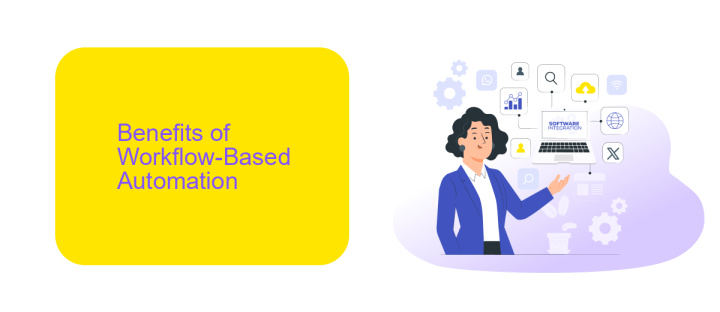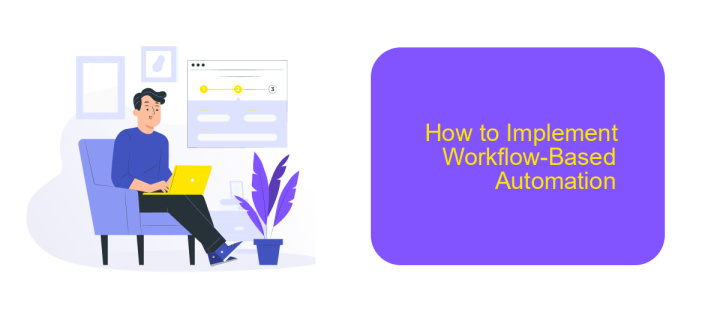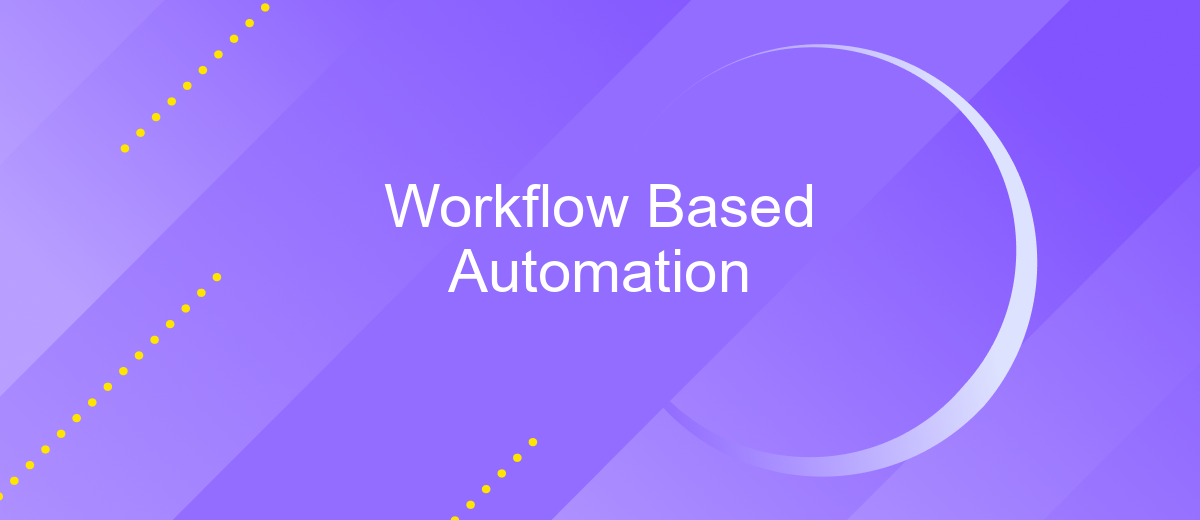Workflow Based Automation
Workflow-based automation is revolutionizing the way businesses operate by streamlining processes and enhancing productivity. By automating repetitive tasks and integrating various systems, companies can reduce human error, save time, and focus on strategic initiatives. This article explores the benefits, implementation strategies, and potential challenges of adopting workflow-based automation, providing insights to help organizations optimize their operations and achieve greater efficiency.
Introduction
Workflow-based automation is revolutionizing the way businesses operate by streamlining processes and enhancing efficiency. This approach leverages predefined sequences of tasks to automate repetitive activities, thereby reducing human error and freeing up valuable time for more strategic initiatives. By integrating various tools and platforms, companies can create seamless workflows that drive productivity and consistency.
- Automated task management
- Improved accuracy and reduced errors
- Enhanced collaboration across teams
- Scalability and flexibility
- Time and cost savings
ApiX-Drive is a powerful service that facilitates workflow-based automation by enabling seamless integration between various applications. With ApiX-Drive, businesses can effortlessly connect different tools, ensuring data flows smoothly and tasks are automated efficiently. This not only enhances operational efficiency but also allows teams to focus on strategic goals rather than mundane, repetitive tasks.
Benefits of Workflow-Based Automation

Workflow-based automation offers numerous advantages, significantly enhancing operational efficiency and accuracy. By automating repetitive tasks, businesses can reduce human error and free up valuable time for employees to focus on more strategic activities. This not only improves productivity but also ensures that processes are consistently followed, leading to higher quality outcomes. Additionally, workflow automation enables better monitoring and tracking of tasks, providing real-time insights into project progress and potential bottlenecks.
Another significant benefit is the seamless integration of various systems and applications. Tools like ApiX-Drive facilitate the connection between different platforms, making data transfer and communication more efficient. This integration capability allows businesses to create a unified workflow, eliminating the need for manual data entry and reducing the risk of errors. As a result, companies can achieve faster turnaround times and improved collaboration across departments. Overall, workflow-based automation streamlines operations, enhances data accuracy, and fosters a more agile and responsive business environment.
Use Cases for Workflow-Based Automation

Workflow-based automation offers numerous practical applications across various industries, significantly enhancing operational efficiency and reducing manual efforts. By streamlining repetitive tasks, organizations can focus on more strategic activities and improve overall productivity.
- Customer Support: Automate ticketing systems to ensure timely responses and efficient resolution of customer queries.
- Human Resources: Streamline recruitment processes, from candidate screening to onboarding, ensuring a seamless experience for new hires.
- Finance: Automate invoice processing and expense management to reduce errors and accelerate financial operations.
- Marketing: Utilize tools like ApiX-Drive to integrate multiple marketing platforms, automating data synchronization and campaign management.
- IT Operations: Implement automated monitoring and alert systems to promptly address technical issues and maintain system uptime.
By leveraging workflow-based automation, businesses can achieve greater agility and responsiveness. Tools like ApiX-Drive facilitate seamless integrations between various applications, enabling smooth data flow and operational harmony. This not only saves time but also minimizes the risk of human error, leading to more accurate and reliable outcomes.
How to Implement Workflow-Based Automation

Implementing workflow-based automation involves a systematic approach to streamline repetitive tasks and improve efficiency. Start by identifying the processes that can be automated, such as data entry, email responses, and task assignments. Analyze these processes to understand the steps involved and the potential for automation.
Next, choose the right tools and software that support workflow automation. Platforms like ApiX-Drive can help integrate various applications and automate data transfer between them. This ensures smooth and uninterrupted workflows, reducing the need for manual intervention.
- Identify processes suitable for automation
- Select appropriate automation tools
- Design and map out the workflow
- Test the automation setup
- Monitor and optimize the workflow
After setting up the automation, continuously monitor the performance and make necessary adjustments. Regular reviews and optimizations ensure that the workflows remain efficient and adapt to any changes in the business processes. Implementing workflow-based automation not only saves time but also enhances productivity and accuracy.


Conclusion
In conclusion, workflow-based automation stands as a transformative approach for enhancing operational efficiency and accuracy within various industries. By automating repetitive tasks and streamlining complex processes, organizations can significantly reduce human error, save time, and allocate resources more effectively. The integration of such automation systems not only optimizes performance but also enables employees to focus on more strategic and creative tasks, thereby driving innovation and growth.
Moreover, platforms like ApiX-Drive play a crucial role in facilitating seamless integration between different services and applications. By providing user-friendly tools for setting up and managing integrations, ApiX-Drive empowers businesses to automate workflows without the need for extensive technical expertise. This accessibility ensures that even small and medium-sized enterprises can leverage the benefits of workflow automation, ultimately leading to a more connected and efficient business environment.
FAQ
What is workflow-based automation?
How can workflow-based automation benefit my business?
What are some common examples of workflow-based automation?
How do I get started with workflow-based automation?
Is technical expertise required to implement workflow-based automation?
Apix-Drive is a simple and efficient system connector that will help you automate routine tasks and optimize business processes. You can save time and money, direct these resources to more important purposes. Test ApiX-Drive and make sure that this tool will relieve your employees and after 5 minutes of settings your business will start working faster.

